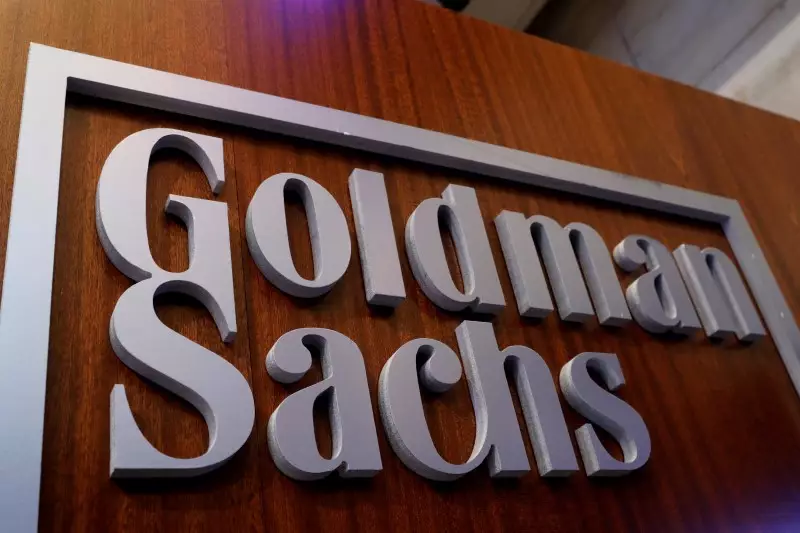As we look towards the future of the financial markets, recent analyses from Goldman Sachs reveal a burgeoning sense of optimism among investors. This sentiment is attributed to a mix of favorable economic indicators and anticipated changes in regulatory frameworks under President Donald Trump. The S&P 500, a crucial barometer for U.S. equities, is projected to continue its upward trajectory, with predictions suggesting an increase of approximately 7% — reaching 6,500 points by the end of 2025.
Goldman Sachs highlights an interesting psychological aspect in this market scenario, referring to the notion of “animal spirits.” This concept suggests that investor behavior is often influenced more by emotional and psychological factors than by fundamental economic data. The recent uptick in small business sentiment has fueled this optimism, as it reflects a positive outlook among entrepreneurs that could translate into broader economic growth.
The current investor sentiment has resulted in a noticeable shift in asset allocation. There has been a marked movement away from defensive stocks — which typically provide stability in uncertain times — towards cyclical stocks, which are more susceptible to economic cycles and consumer spending patterns. Notably, sectors like technology and consumer discretionary have emerged as the frontrunners in this surge, reflecting investors’ growing confidence in economic recovery and expansion.
Goldman Sachs analysts assert that the present market dynamics imply that investors are pricing in real GDP growth rates exceeding 3%. This optimism has been supported by low implied volatility in equity options, making it more cost-effective for investors to seek high-risk, high-reward opportunities. However, it is crucial to recognize the implications of stretched valuations, which have reached levels not seen since both the tech boom of the late 1990s and the market peaks of 2021. Such discrepancies can lead to increased market vulnerability if any shifts in sentiment occur.
While the outlook appears bright, there are potential challenges that may lurk in the background. The anticipated relaxation of regulations under Trump’s administration could facilitate a surge in mergers and acquisitions, expected to rise by 25% in the upcoming year. This would likely foster an environment conducive to substantial corporate growth, particularly if regulatory burdens are eased in sectors like artificial intelligence and cryptocurrencies.
However, the flip side to this optimism could be inflationary pressures, potentially exacerbated by Trump’s protectionist trade policies. His promise to implement significant tariffs on imports from China suggests the possibility of a renewed trade war, which could have adverse effects on the broader economy. Concerns surrounding inflation heighten the risk for both investors and policymakers.
While there is a palpable sense of optimism for the future of the S&P 500 backed by encouraging economic indicators and psychological factors, investors must remain vigilant. The current landscape showcases promising growth potential marred by underlying risks, such as valuation disparities and inflationary threats. Navigating this balancing act will be critical for market participants as they look to capitalize on what could be a transformative period in the financial markets. As we progress towards 2025, understanding both the catalysts and potential pitfalls will be essential in making informed investment decisions.

